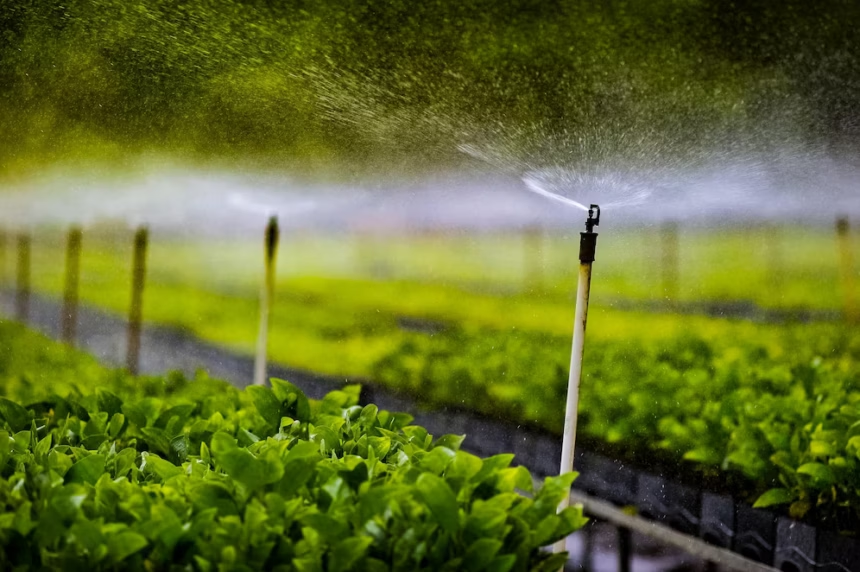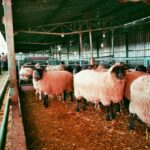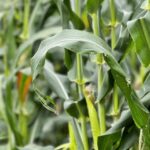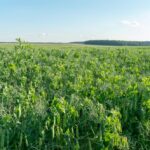Water is a crucial resource in agriculture, yet its availability is becoming increasingly limited due to climate change, population growth, and competition from other sectors. Efficient water use in crop farming is essential to ensure sustainability and food security. Here are some effective ways to reduce water usage while maintaining or even improving crop yields.
1. Adopt Drip Irrigation Systems
Drip irrigation delivers water directly to the plant roots through a network of pipes and emitters. This method significantly reduces water wastage compared to traditional overhead sprinklers or flood irrigation. It also minimizes evaporation and runoff, ensuring plants receive only the necessary amount of water.
2. Use Mulching
Applying mulch, such as straw, wood chips, or plastic covers, helps retain soil moisture by reducing evaporation. Mulching also suppresses weed growth, which can otherwise compete with crops for water. Organic mulch improves soil health over time, further enhancing water retention.
3. Choose Drought-Resistant Crops
Selecting crop varieties that require less water or are more tolerant to dry conditions can significantly cut down water usage. For example, crops like millet, sorghum, and some legumes are well-adapted to arid climates and can thrive with minimal irrigation.
4. Improve Soil Health
Healthy soil with high organic matter content retains more moisture. Adding compost and organic matter improves the soil’s structure, increasing its ability to hold water. Cover cropping and reduced tillage also help maintain soil moisture and prevent water loss.
5. Use Rainwater Harvesting
Farmers can collect and store rainwater for irrigation purposes. Installing water storage tanks, ponds, or underground reservoirs allows farmers to use rainwater during dry periods, reducing dependency on groundwater or piped water sources.
6. Practice Smart Irrigation Scheduling
Irrigating crops at the right time of day can reduce water loss due to evaporation. Watering in the early morning or late evening ensures that more water reaches plant roots. Additionally, using soil moisture sensors can help determine when irrigation is necessary, preventing overwatering.
7. Adopt Agroforestry and Windbreaks
Planting trees and shrubs around farms reduces wind speed, preventing excessive evaporation from the soil. Agroforestry systems, where crops are grown alongside trees, create a microclimate that helps retain soil moisture and provides shade to crops.
8. Recycle and Reuse Water
Farmers can use treated wastewater or greywater from households and industries for irrigation. Advanced filtration and treatment systems ensure that this water is safe for crop use, reducing reliance on freshwater sources.
9. Reduce Water-Intensive Practices
Avoiding excessive tilling and unnecessary land leveling can help retain natural soil moisture. Farmers should also avoid overwatering, which not only wastes water but can also lead to soil erosion and nutrient leaching.
10. Implement Precision Farming Techniques
Using modern technologies such as drones, sensors, and data analytics can help farmers monitor soil moisture levels and apply water precisely where needed. This minimizes wastage and ensures optimal water use efficiency.
Reducing water usage in crop farming is essential for sustainable agriculture. By adopting efficient irrigation techniques, improving soil health, choosing appropriate crops, and utilizing rainwater harvesting, farmers can conserve water while maintaining high productivity. These practices not only save water but also enhance long-term farm resilience in the face of climate change.
Join 'Farmers Mag' WhatsApp Channel
Get the latest Farming news and tips delivered straight to your WhatsApp
CLICK HERE TO JOIN






